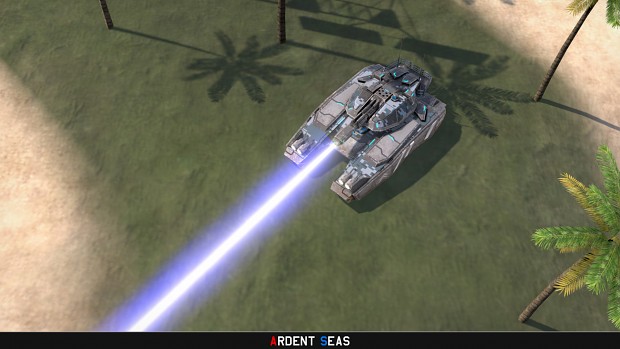
The Pentagon Is Spending
$1 Billion a Year on ‘Directed Energy Weapons’
Matthew Gualt / Vice
(June 1, 2023) — The Pentagon is spending $1 billion a year developing laser and microwave weapons, and Washington is worried that money will go to waste.
According to new reports from the Government Accountability Office, the US military faces serious challenges trying to get what it calls directed energy weapons out, but should consolidate efforts so that the weapons don’t fall into what it called the “valley of death.”
The US Army, Navy, and Air Force have all worked to develop various kinds of direct energy weapons. The most prominent are high-energy lasers (HEL) and high power microwaves (HPM) weapons. An HEL is a tight beam weapon good for hitting direct targets like a drone or a missile. HPM hit a wider band and could have less than lethal uses. A HPM could down a swarm of drones or disable vehicles without harming the passengers.
Both weapons would, hypothetically, come with unlimited ammo pools and would be far cheaper to fire than conventional munitions. An interceptor designed to down a nuclear ICBM costs the US $111 million dollars. A laser that does the same thing would cost as much it takes to generate the energy to fire it.
The problem, according to the GAO, is that the Pentagon has no plan for consolidating these programs and actually deploying working weapons.
“DOD has long noted a gap—sometimes called ‘the valley of death’—between its development and its acquisition communities that impede technology transition,” an April GAO report said. “For example, the acquisition community may require a higher level of technology maturity than the development community is able to produce.”

Hover Particle Tank equipped with directed-energy weapon.
According to a May GAO report, there are three main problems with the weapons: technological limitations, concerns around battlefield use, and ethical and health concerns. The tech isn’t mature and the Pentagon is having trouble finding civilian contractors to help work on it. Both HEL and HPM are hard to power for long periods of time, for example, and laser-based weapons lose effectiveness in heavy fog or rain.
There’s also what GAO called “Battlefield concerns.” The weapons are so new that the rules of engagement around them aren’t clear. Microwave weapons affect such a wide area that they could indiscriminately hit civilian or allied targets in a battle. And then there’s the ethical concerns. According to the GAO, no one is sure what the long term effects of DEWs would be on people who were “intentionally or unintentionally exposed.”
Militaries all over the world have been working on some form of directed energy weapon since the early 20th century. The modern incarnations of the US programs have their roots in President Ronald Reagan’s failed Strategic Defense Initiative.
Later dubbed “Star Wars,” Reagan’s plan was to have scientists put energy weapons on satellites so that America could shoot Russian nukes out of the sky before they hit the homeland. It never worked.
Posted in accordance with Title 17, Section 107, US Code, for noncommercial, educational purposes.